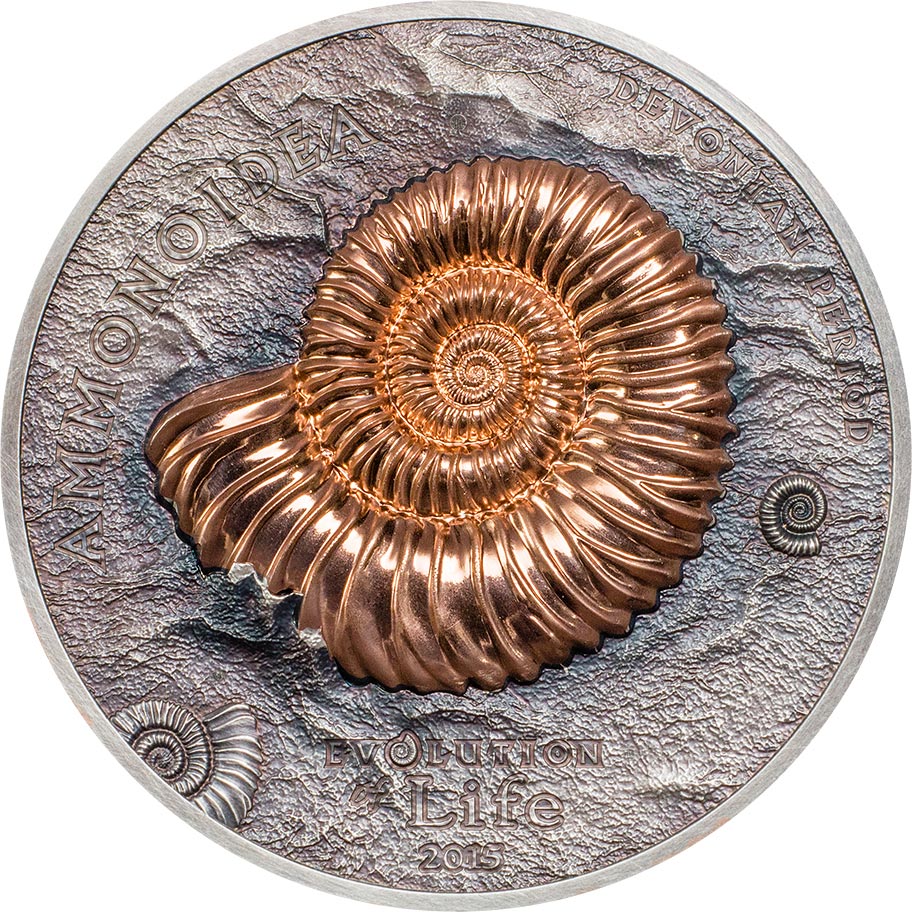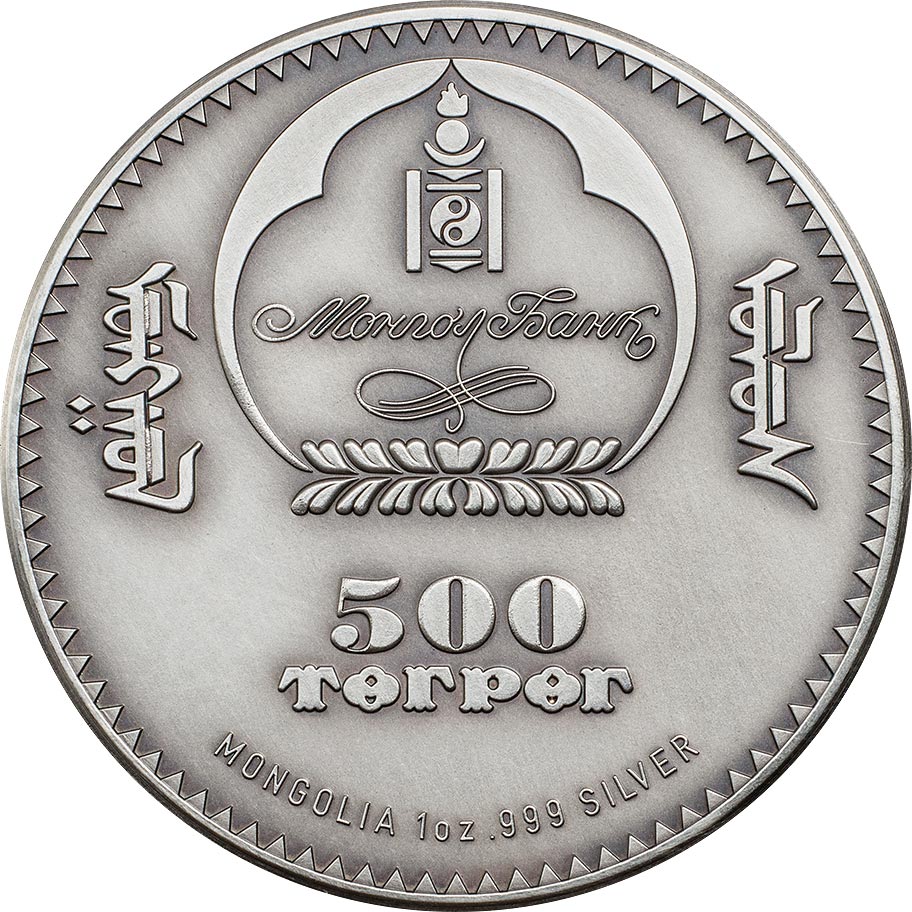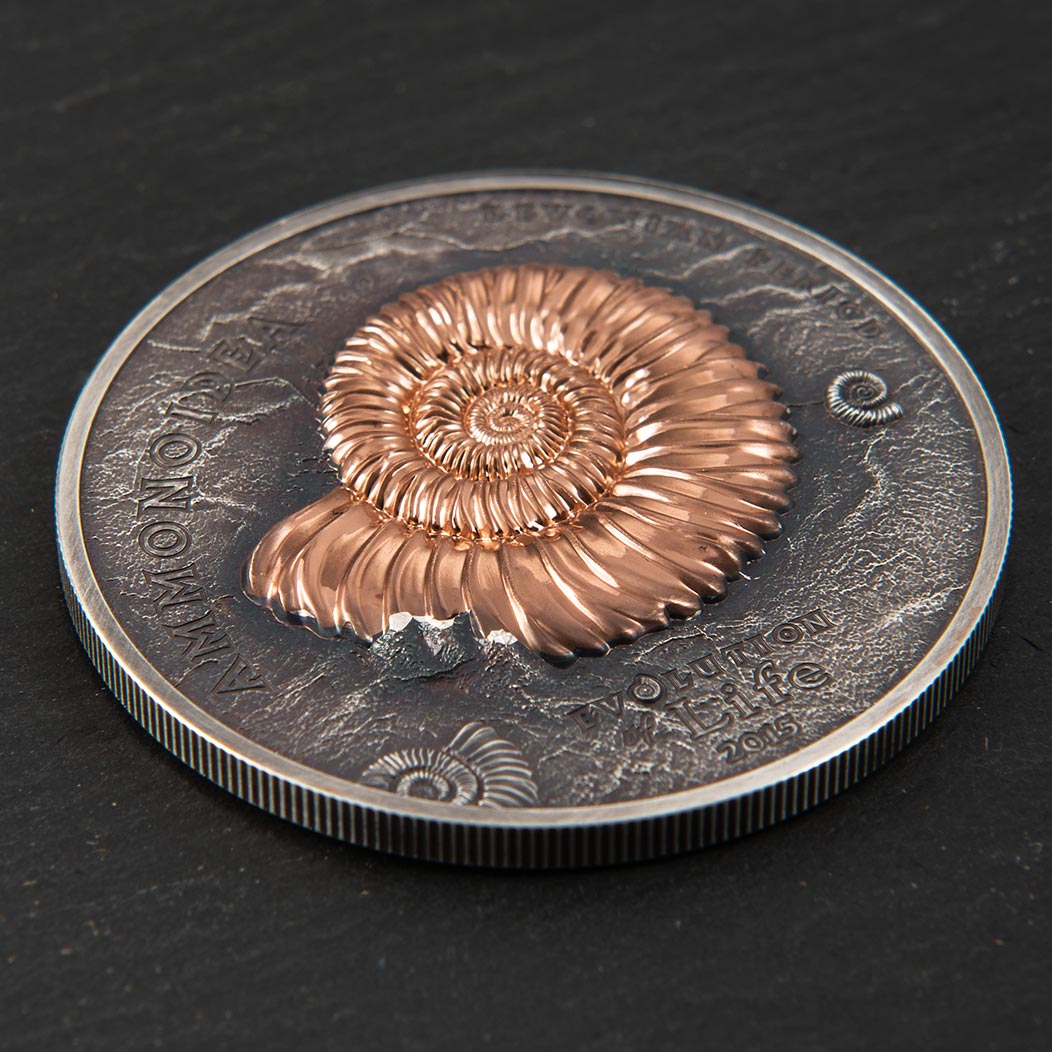Back in 2007, the Liechtenstein-based coin producer Coin Invest Trust, issued a hit coin for the National Bank of Mongolia. The debut coin in a new series called Wildlife Protection, it went on to win the prestigious Coin of the Year award in 2010. That series went from strength to strength and every issue has been widely applauded for its quality and most importantly, its design. To date the series is still going and the latest release continues to maintain the high standards CIT have set for themselves with it. Those coins are struck in an ounce of antique-finished fine silver in a high relief style. Devoid of most of the unnecessary inscriptions that can plague the reverse sides of many modern commemoratives, the designs fill the coin and are truly one of the very few out there that take the coin shape as a fundamentally integrated part of the design rather than just being a canvas into which art is squeezed. Even the Swarovski crystals are expertly blended in without jarring, as is so often the case.
The only downside to the Wildlife Protection series has been its own success, with early coins selling for many times the launch price. When early coins in a series become unaffordable, collectors realise they can’t obtain a full set so often don’t buy later ones. It’s a completist attitude which we understand, but does mean that you’ll miss out on some fine designs. Go get them if you like them in our opinion. I’d rather own five great designs from eight rather than none because I can’t afford them all, but each to his own as the saying goes.
Well now a new solution has appeared and in our view, with huge style. Our love of prehistoric nature coins is well known, but even if it isn’t of particular interest to you, we thnk this series will be. Called Evolution of Life, this coin takes a similar path to the Wildlife Protection coins as far as the size, high relief and antique-finish go, but eschew the crystals for some really appealing red-gold gilding. If future entrants in this series approach the quality of this one, we’re in for a treat. The ammonite is intricate in detail, accurately realised and set in a natural looking matrix. The contrast between fossil and background is perfect, the red gold (copper-rich like a Krugerrand), is an inspired choice.
We’ve yet to see a price and we’re hoping dealers don’t go too mad and pile on appreciation too early, but we’ll be in line for one of these and eagerly await the 2016 entrant. First class.
AMMONITES
First appearing in the Devonian period and descended from an animal called a Bactrite, Ammonites roamed the seas of the earth from around 400 million years ago, and didn’t die out until around 65mya, a staggering period given the relatively infinitessimal time mankind has been around. At every one of the world major extinction events only a few species of ammonites survived, but they always bounced back until their luck finally ran out, along with the dinosaurs, at the end of the Cretaceous period.
Ammonites were predatory mollusks, very mobile and with tentacles. Very close in appearance to the still-living Nautilus, they were in fact more closely related to the octopi. Usually spiral in shape, although straight species aren’t rare, they remained buoyant using a siphuncle, basically a biological pump and siphon system. Each of the segments in the shell were a chamber that the animal resided in and the pattern of the edge of each chamber, called a a suture, is what marks out each species.
Many species probably carried ink sacs for defence, at least some were plankton feeders, and many were munched on by huge undersea reptiles called Mosasaurs. Fossils are plentiful and range from the tiny up to a colossal two meters in diameter! Some, especially in Europe, are so beautifully preserved that the original mother-of-pearl sheen is still fully intact. Others are less well preserved but show extraordinary internal detail with some having quite amazingly complex suture lines. Regardless, fossils are plentiful and make a great way to date rock formations.
MINTS DESCRIPTION
The evolution of life is celebrated with a new series featuring an Ammonite fossil in sensational high-relief. Ammonites superficially resemble snails and nautilus, the marine creatures were however more closely related to octopus and squid.
Gas-filled chambers within the shell allowed them to move up and down the water column in search of prey and to avoid predation by Mosasaurs. The striking, red-gilded reconstruction of a partially excavated Ammonite represents the Devonian Period which lasted from 419-359 million years ago.
ADVERTISEMENTS











So where and when can I get one?
I just found on http://www.firstcoincompany.com and ordered two coins @ $119.90 incl. shipping
Oh why oh why didn’t I buy this when I first saw this article here. Prices seem to be going up fast. My collection is all prehistoric life theme; keep up the good reporting as this stuff is hard to find. I won’t miss another one like this.
I have seen a Trilobite coin that looks like it could be part of this series on e-bay but nothing on CIT. Do you know anything about this new Trilobite coin from Neui?
Nothing to do with CIT. Doesn’t look like the same quality either.